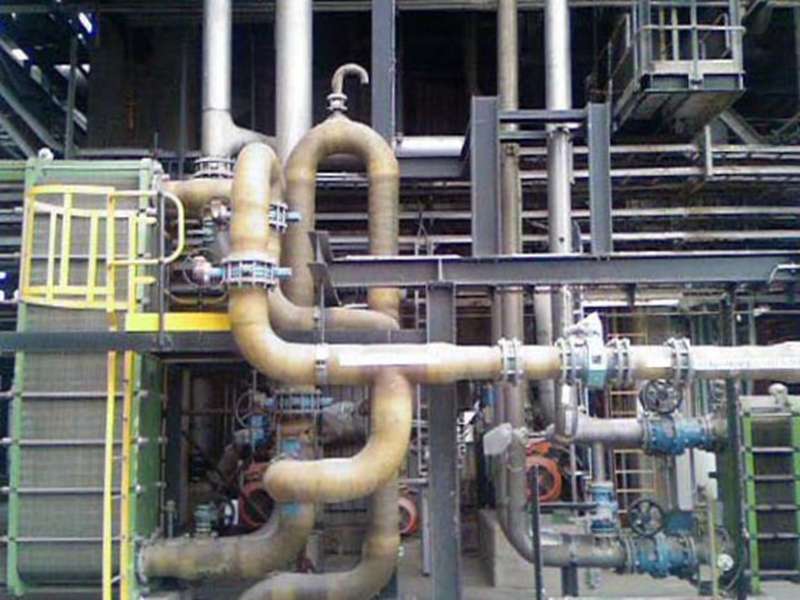
-
 Afrikaans
Afrikaans -
 Albanian
Albanian -
 Amharic
Amharic -
 Arabic
Arabic -
 Armenian
Armenian -
 Azerbaijani
Azerbaijani -
 Basque
Basque -
 Belarusian
Belarusian -
 Bengali
Bengali -
 Bosnian
Bosnian -
 Bulgarian
Bulgarian -
 Catalan
Catalan -
 Cebuano
Cebuano -
 China
China -
 China (Taiwan)
China (Taiwan) -
 Corsican
Corsican -
 Croatian
Croatian -
 Czech
Czech -
 Danish
Danish -
 Dutch
Dutch -
 English
English -
 Esperanto
Esperanto -
 Estonian
Estonian -
 Finnish
Finnish -
 French
French -
 Frisian
Frisian -
 Galician
Galician -
 Georgian
Georgian -
 German
German -
 Greek
Greek -
 Gujarati
Gujarati -
 Haitian Creole
Haitian Creole -
 hausa
hausa -
 hawaiian
hawaiian -
 Hebrew
Hebrew -
 Hindi
Hindi -
 Miao
Miao -
 Hungarian
Hungarian -
 Icelandic
Icelandic -
 igbo
igbo -
 Indonesian
Indonesian -
 irish
irish -
 Italian
Italian -
 Japanese
Japanese -
 Javanese
Javanese -
 Kannada
Kannada -
 kazakh
kazakh -
 Khmer
Khmer -
 Rwandese
Rwandese -
 Korean
Korean -
 Kurdish
Kurdish -
 Kyrgyz
Kyrgyz -
 Lao
Lao -
 Latin
Latin -
 Latvian
Latvian -
 Lithuanian
Lithuanian -
 Luxembourgish
Luxembourgish -
 Macedonian
Macedonian -
 Malgashi
Malgashi -
 Malay
Malay -
 Malayalam
Malayalam -
 Maltese
Maltese -
 Maori
Maori -
 Marathi
Marathi -
 Mongolian
Mongolian -
 Myanmar
Myanmar -
 Nepali
Nepali -
 Norwegian
Norwegian -
 Norwegian
Norwegian -
 Occitan
Occitan -
 Pashto
Pashto -
 Persian
Persian -
 Polish
Polish -
 Portuguese
Portuguese -
 Punjabi
Punjabi -
 Romanian
Romanian -
 Russian
Russian -
 Samoan
Samoan -
 Scottish Gaelic
Scottish Gaelic -
 Serbian
Serbian -
 Sesotho
Sesotho -
 Shona
Shona -
 Sindhi
Sindhi -
 Sinhala
Sinhala -
 Slovak
Slovak -
 Slovenian
Slovenian -
 Somali
Somali -
 Spanish
Spanish -
 Sundanese
Sundanese -
 Swahili
Swahili -
 Swedish
Swedish -
 Tagalog
Tagalog -
 Tajik
Tajik -
 Tamil
Tamil -
 Tatar
Tatar -
 Telugu
Telugu -
 Thai
Thai -
 Turkish
Turkish -
 Turkmen
Turkmen -
 Ukrainian
Ukrainian -
 Urdu
Urdu -
 Uighur
Uighur -
 Uzbek
Uzbek -
 Vietnamese
Vietnamese -
 Welsh
Welsh -
 Bantu
Bantu -
 Yiddish
Yiddish -
 Yoruba
Yoruba -
 Zulu
Zulu
FRP Desalination Components for Enhanced Efficiency in Water Treatment Systems
Efficient Water Treatment The Role of FRP Desalination Pipes and Fittings
In the wake of escalating water scarcity issues globally, the need for innovative solutions in water treatment has become more pressing than ever. One of the most effective methods for producing fresh water from seawater is desalination, which has gained significant attention in recent years. At the heart of an efficient desalination process lies the choice of materials used in its infrastructure, particularly the pipes and fittings. Fiberglass Reinforced Plastic (FRP) has emerged as a leading material for these applications, offering numerous advantages over traditional materials.
FRP pipes and fittings are manufactured using a combination of fiberglass and resin, which results in a lightweight yet robust product. This lightweight nature facilitates easier transportation and installation, significantly reducing overall project costs. Moreover, the durability of FRP is unmatched; it exhibits excellent resistance to both corrosive seawater and the chemical agents commonly used in desalination processes. Unlike metal pipes, which can corrode over time, FRP maintains its integrity and performance, leading to longer service life and lower maintenance costs.
Another significant advantage of FRP pipes is their exceptional hydraulic performance. The smooth interior surfaces of FRP minimize friction losses, resulting in high flow rates and reduced energy consumption during the pumping process. This characteristic is critical in desalination facilities, where energy efficiency translates directly into lower operational costs. Additionally, the flexibility of FRP allows for the creation of complex pipe layouts that can navigate the confines of a desalination plant while ensuring optimal water flow.
frp desalination pipes and fittings for efficient water treatment ...

The design versatility of FRP also cannot be overlooked. With customizable shapes, sizes, and configurations, FRP fittings can be tailored to meet specific operational requirements. Whether it is for connecting different sections of the desalination plant or incorporating additional filtration systems, FRP offers the adaptability needed in modern water treatment solutions. Furthermore, the ease of fabrication and installation associated with FRP reduces the time required to set up desalination projects and allows for faster deployment of fresh water solutions in regions facing acute water shortages.
Environmental considerations are increasingly vital in today’s water treatment strategies. FRP is not only recyclable but also produced with lower energy inputs compared to traditional materials like steel or PVC. This eco-friendly aspect aligns well with the global shift toward sustainable practices in industrial operations, including water treatment. By choosing FRP for desalination applications, facilities can minimize their carbon footprint while ensuring a reliable supply of potable water.
In conclusion, the selection of appropriate pipes and fittings is crucial for the efficiency of desalination processes. FRP pipes and fittings represent a significant advancement in materials science, providing not only robustness and resistance to corrosion but also enhanced hydraulic performance and design flexibility. As the demand for fresh water continues to rise, investing in FRP solutions will not only address immediate water scarcity challenges but also contribute to sustainable water management practices for the future. With continued research and development, FRP technology is poised to play a pivotal role in reshaping the landscape of water treatment.









